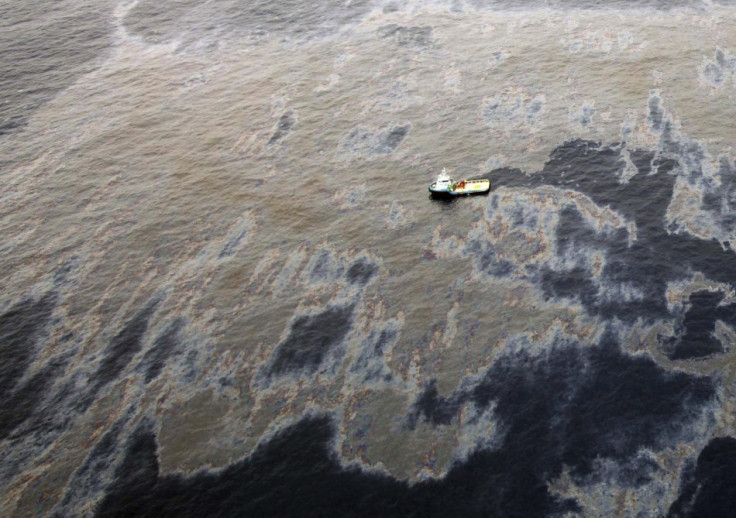Simple Maths Formula to Help Avoid Environmental Catastrophes

A simple mathematical formula can help avoid environmental catastrophes by identifying the exact source of the leaked pollutants at the earliest, according to researchers from the Université de Technologie de Compiègne, France.
According to the researchers, in the event of an oil spill across a region of the sea, samples of pollutants could be fed into an algorithm which could determine the rate at which the pollutant entered the body of water and where the pollutant came from.
The algorithm is modelled in such a way that it takes into account three major phenomena with regard to the pollutants - diffusion, convection and reaction.
Diffusion is the flow of pollutants naturally from high concentrations to low concentrations whereas convection refers to the scenario of the occurrence of other factors causing the displacement of pollutants such as a current in the sea.
Reaction refers to a pollutant's reaction with other materials in the water or settling on a seabed or lake floor.
However, the scientists believe that the algorithm can be changed to take into account the varied properties of different pollutants. In the case of an oil spill, the buoyancy and settling would be the factors to be taken into account as oil may not dissolve entirely in water and may form droplets.
The researchers believe that the new study is unique as it could help researchers to track the source of a pollutant as well as its movement or any change in the strength of the pollutants.
"In the unfortunate event of a pollutant spill, either by purposeful introduction into our waters or atmosphere, or by purely accidental fate, collaboration with scientists and engineers and application of this work may save precious moments to avert more environmental damage," said Mike Andrle, co-author of the study, in a statement.
"Inverse problems are very important in science, engineering and bioengineering. It is very interesting that we've been able to apply this topic to the very big problem of pollution," commented Professor Abdellatif El-Badia, second author of the paper.
The study was published in the IOP Publishing's journal Inverse Problems.
© Copyright IBTimes 2025. All rights reserved.





















